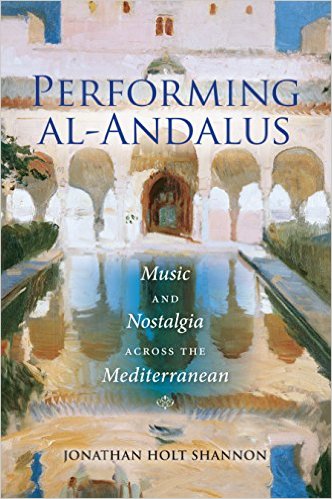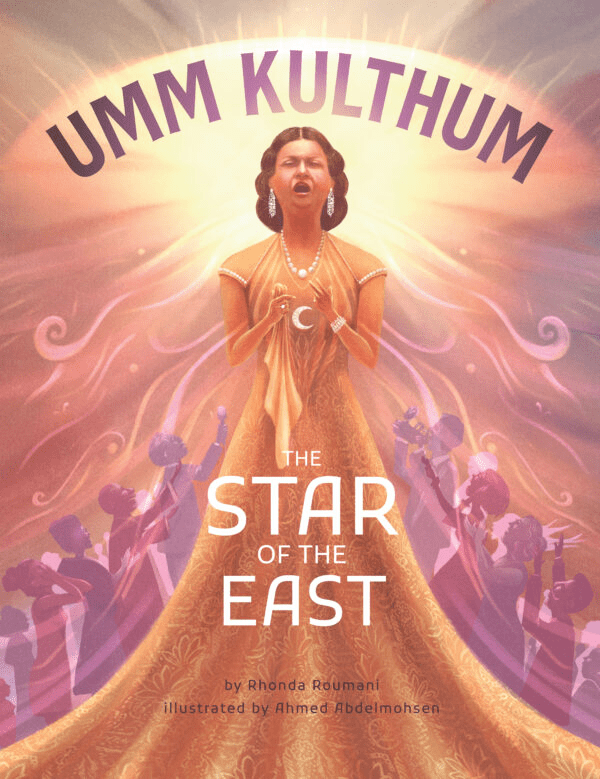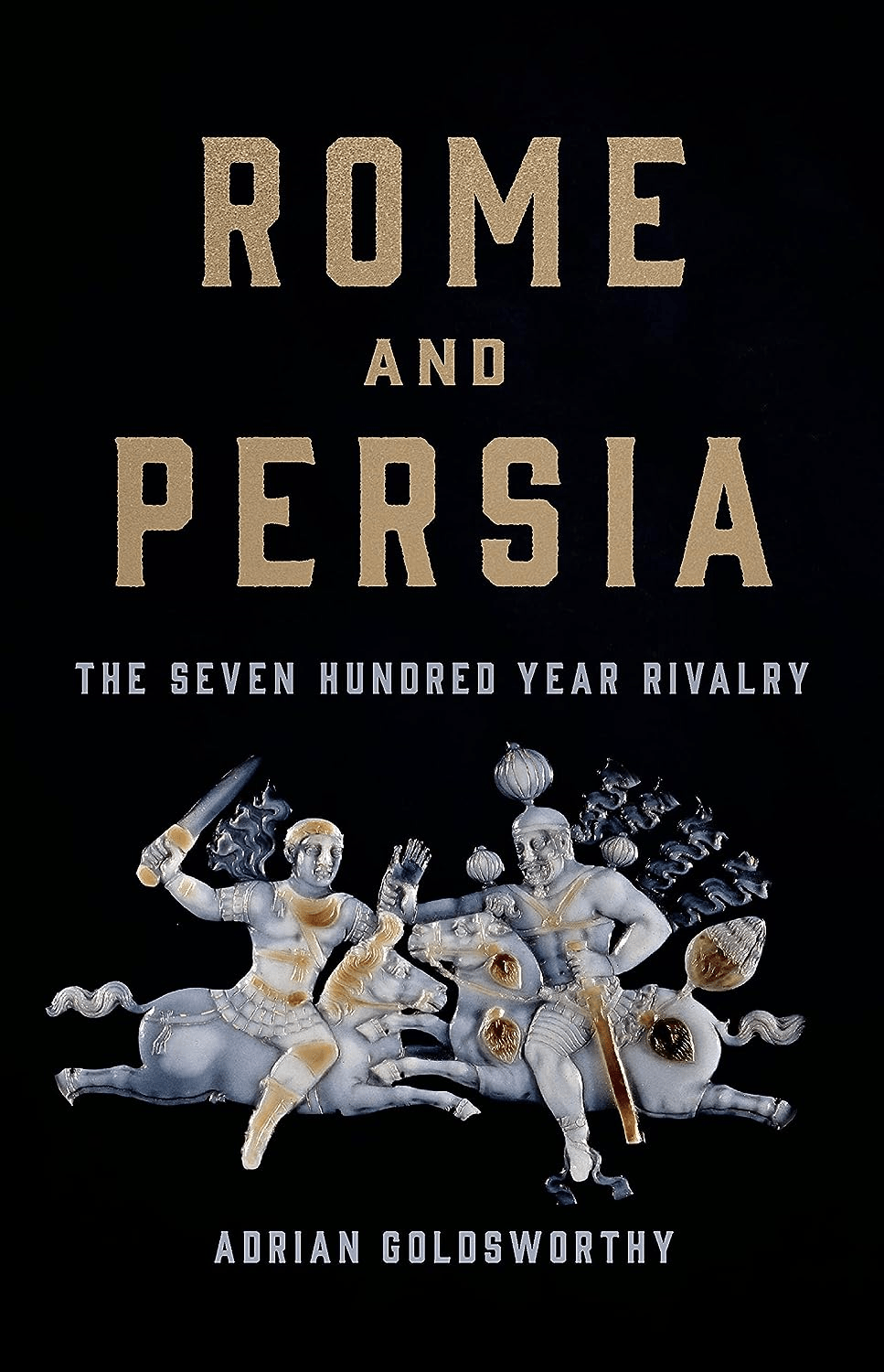
Performing al-Andalus: Music and Nostalgia across the Mediterranean
Kay Campbell
Jonathan Holt Shannon
2015, Indiana UP, 978-0-25301-762-8, $26 pb.
When the Arabs ruled al-Andalus (southern Spain) from the early eighth to the late 15th century, their artists created a new type of poem, the muwashshah, and set songs to it. While no authenticated songs remain from the period, 500 years later this musical legacy of al-Andalus remains a key factor in how many communities around the Mediterranean define themselves. Syrians, whose ancestors were in the first Arab armies to reach Spain, see its music as their authentic cultural legacy and ideal. Many Moroccans claim descent from the Arab families of al-Andalus. Moroccan musicians play a style called al-ala, claiming it too is a direct descendant of Andalusian music. Modern-day Spaniards also have close ties to the musical heritage that is part of the convivencia. That rich, centuries-long period of cultural coexistence among Muslims, Christians and Jews under Arab rule inspires musical explorations as it challenges modern Spanish society, writes author Jonathan Holt Shannon. He posits that musicians who investigate the idea of the convivencia with “deep listening” to each other may create a model that brings the legacy of al-Andalus to life in the 21st century.
You may also be interested in...

Children’s Book Documents Rise of Umm Kulthum, Egypt’s Star of the East, As Declaration of National Identity
Illustrator Rhonda Roumani presents an illustrative biography of legendary Egyptian singer and cultural icon Umm Kulthum.
In War and Peace, Book Explores How Rome and Persia Remained Frenemies
Book Review: In his latest scholarly work, Roman historian Adrian Goldsworthy reduces Persian and Roman longevity to simply an ever-evolving coexistence.